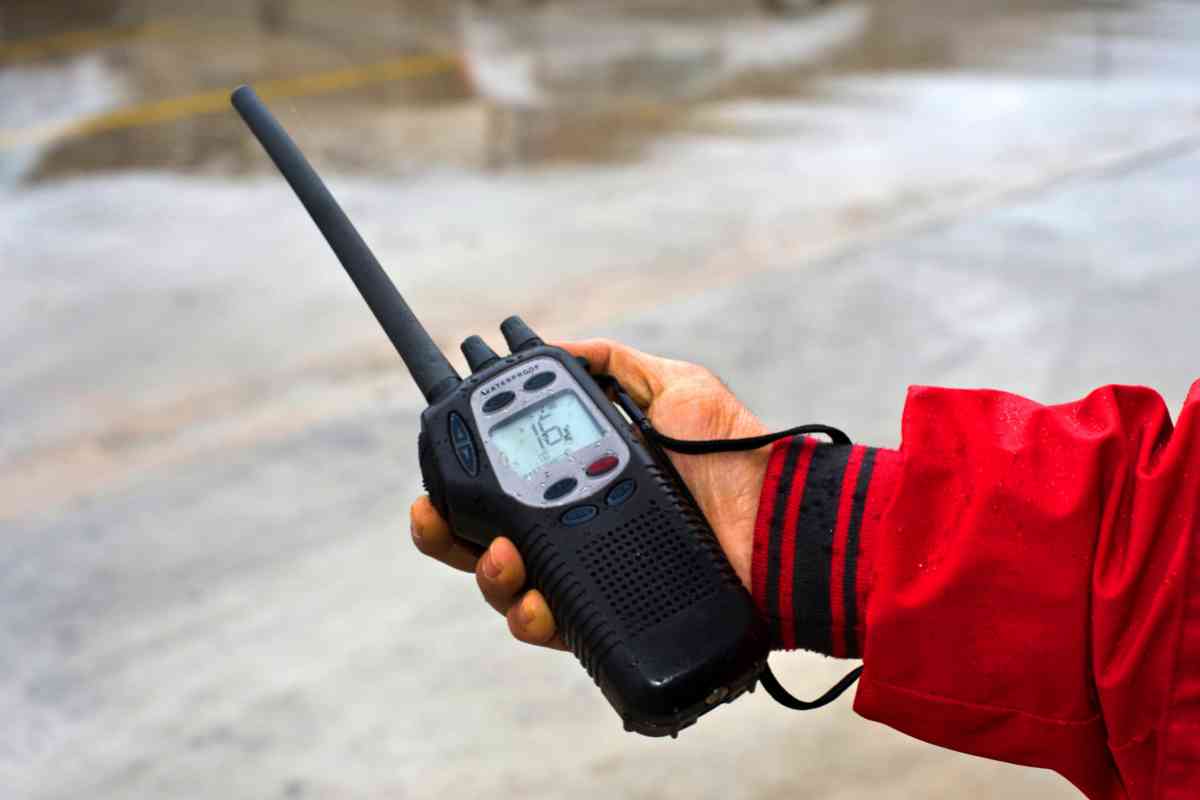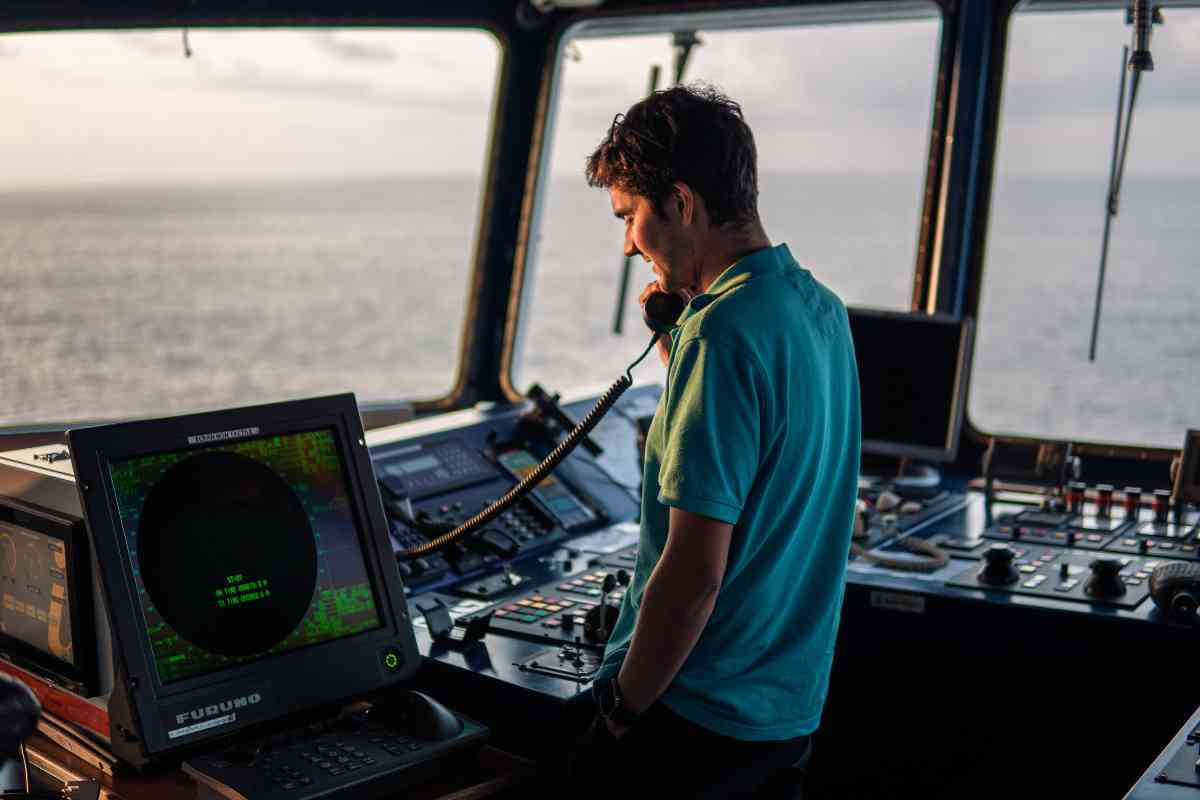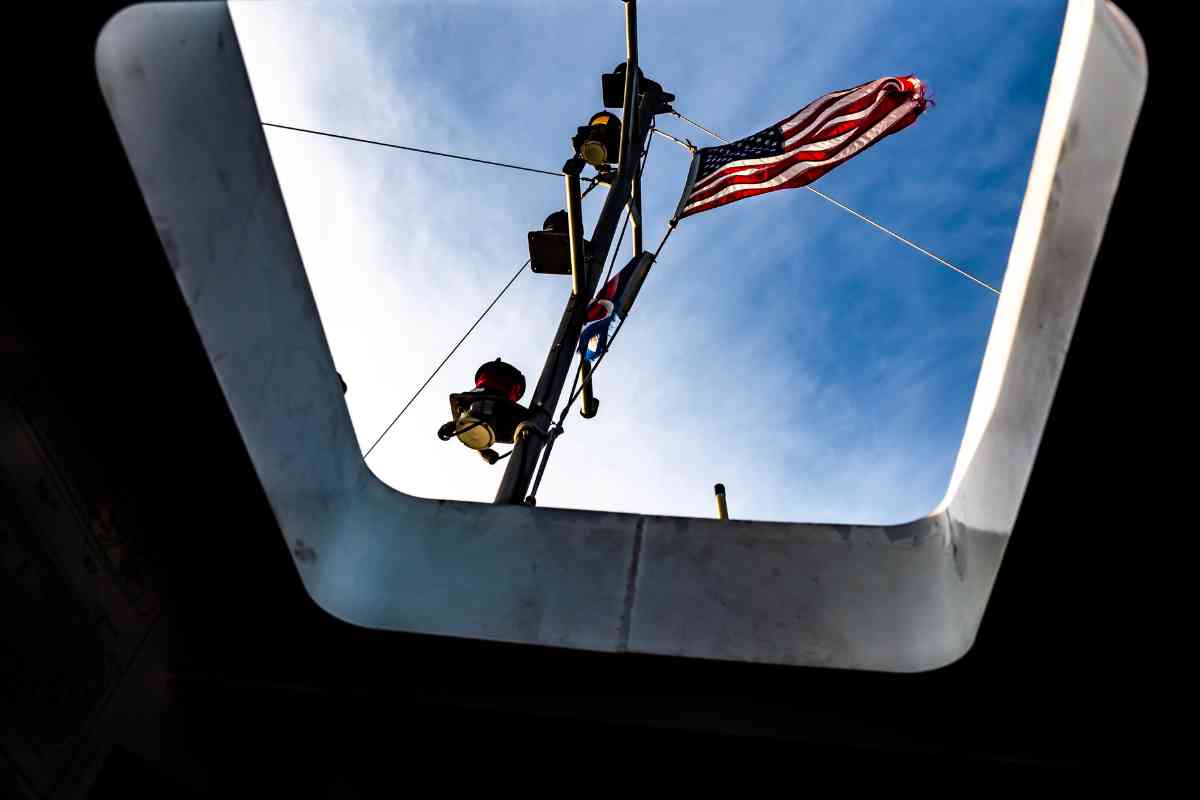Why Is the Height of a VHF Radio Antenna Important? – Boat Safety
Being a boat owner is rewarding. You can go out and enjoy the river or the ocean, party, relax, or go fishing. But as with any mode of transportation, there are safety precautions you must take to ensure your life and the ones onboard with you are safe.
So, your top priority is to have up-to-date, long-lasting electronics for boat safety. The first piece of equipment on your list should be a VHF radio antenna. Understand why the height of a VHF radio antenna is important.
Why Is the Height of a VHF Radio Antenna Important
Your VHF radio antenna must be high enough that other VHF radio antennas can see the transmission from your boat. VHF radio signals are sent in straight lines, so a taller antenna reduces the risk of your signal being blocked by an obstruction.
If you need to alert other boaters of potential danger in the waters or have an emergency onboard and need assistance, having the proper antenna height can save lives.
If there is anything between the radio signal and the receiving antenna, it will not reach its destination. For example, a mountain or a sheltered bay would prevent the radio waves from reaching another antenna on the other side of these objects.

What Is a VHF Radio Antenna?
A VHS radio antenna is a piece of electronic equipment used to communicate with others long distance.
The acronym, VHF, stands for very high frequency. A VHF radio antenna allows communication with other boaters and saves lives in emergencies.
The National Coast Guard uses VHF radio antennas and listens out for boaters in distress. So, you want to have one of these onboard.
What Types of VHF Radio Antennas are there?
There are two types of VHF Radio Antennas: handheld and fix-mounted.
A handheld antenna is portable and has a built-in rechargeable battery.
The power that it emits is between 3 and 5 watts. The second type of antenna is fix-mounted. It is larger and connected to the boat’s power supply.
This type of antenna is not portable. This antenna is more powerful than the handheld models. The fixed model transmits up to 25 watts, covering a greater distance.
How Does a VHF Radio Antenna Work?
A VHF radio sends and receives radio waves. Its antenna boosts the radio’s ability to send and receive signals.
The radio’s waves travel in a straight line.
So, if many signals come in from other boats, the antenna will only hear the strongest one. VHF radio antennas have a wattage between 1-25 watts. The higher the watts, the greater distance the radio waves can travel.
What Is the Proper Antenna Height for VHF Radios?

In general, your antenna should be placed as high as possible to avoid tall objects that may obstruct its signals.
When deciding where to place your antenna, make sure it is not in a place where it can be knocked over by nautical winds.
In addition to placing your VHF radio antenna in the highest place possible, you must also consider the actual height of the antenna.
The longer the antenna, the further the radio waves go. It is recommended that boats under 24 inches have a three to four-foot antenna. Boats between 24-32 inches should have an eight-foot antenna, and boats over 32 inches do well with 12-18 ant inch antennas.
It is good if your antenna height is less than half the length of our boat.
There is a formula to calculate the appropriate height for the antenna on your boat if you want to be more precise.
To make this calculation, you would measure the distance between the top of your antenna in feet to the water line and multiply it by 1.42.
This calculation gives you the antenna’s communication range mileage. This assists you in knowing how tall your antenna needs to be to cover a long distance.
Other Things That Affect Your Antenna’s Performance
The height of your antenna and where it is placed on your boat is the most important thing to consider before sailing off.
However, other things could affect the performance of your antenna:
- Make sure your antenna and radio are mounted away from any LED lighting or other LED-based equipment. LED equipment causes interference with the transmission of radio waves.
- Make sure your radio is mounted three to four feet away from electromagnetic devices. These devices cause interference.
- Do not place your antenna in direct sunlight.
- Make sure your antenna is sturdy so that it does not sustain damage from high-velocity winds.
- Keep your wires from tangling around each other. Tangled wires interfere with VHF radio waves.
- If you have more than one antenna, place them at least 5 feet apart to avoid them interfering with each other.
- The antenna has to be in an upright position. If it is on a slant, the radio waves will not travel a great distance.
Advice From the National Marine Electronics Association

To ensure that your VHF radio and antenna are installed and working properly, who better to get advice from than the National Marine Electronics Association?
This organization is responsible for setting guidelines for electronic marine equipment and knows all of the safety precautions that should be in place on your boat.
DIY or Pro
While it is nice to do things on your own, sometimes a professional may be better. If you are confident in your ability to install your radio and antenna, please get a copy of the NMEA’s installation brochure.
It gives all the basics you need for a proper installation. If things get tricky, have a professional install them for you.
Connection
There are three main components for a proper radio connection; antenna placement, connectors and routing, antenna cabling, and the radio’s DC power requirements. If all of these components are not done correctly, your radio and antenna may not function properly.
Power Supply
Your boat’s VHF radio is powered by the boat’s motor. If there is not enough power coming into the radio, the antenna cannot transmit the radio waves properly.
NMEA advises measuring your DC voltage supply with a voltmeter at the time you are using it on high power. To be safe, your voltage should be over 12.6 volts.
Antenna
Do not go for long periods without checking your antenna. Often check the base of the antenna and mount for damage caused by corrosion and sun exposure.
If your antenna is fiberglass, frequently check to see if there is any fraying fiberglass or cracks. If you see any of these, repair or replacement before your next sail is best.
GPS
Do not buy a radio that does not have GPS. This one thing can mean the difference between life and death. If you are others onboard who cannot verbally communicate, the Coast Guard and other boaters can find you through GPS.
Otherwise, many probably won’t know your location.
MMSI Number
Register your boat with the FCC to get an assigned MMSI number and program it in your radio system. Your number and a GPS allow you to connect to the U.S. Coast Guard’s Rescue 21 distress system.
Train All Operators and Crew
Make sure that crew and passengers are trained. They need to know how to use your VHF radio and how to maintain the radio and antenna.
If you are the only one who knows how to operate the radio, if you are incapacitated, everyone’s in trouble.
Now you know that the height of a VHF radio antenna is important for safety reasons.
So before you go out sailing, make sure that you have a VHF Radio and antenna properly installed, take the suggested precautions for boat safety, and enjoy your trip.
